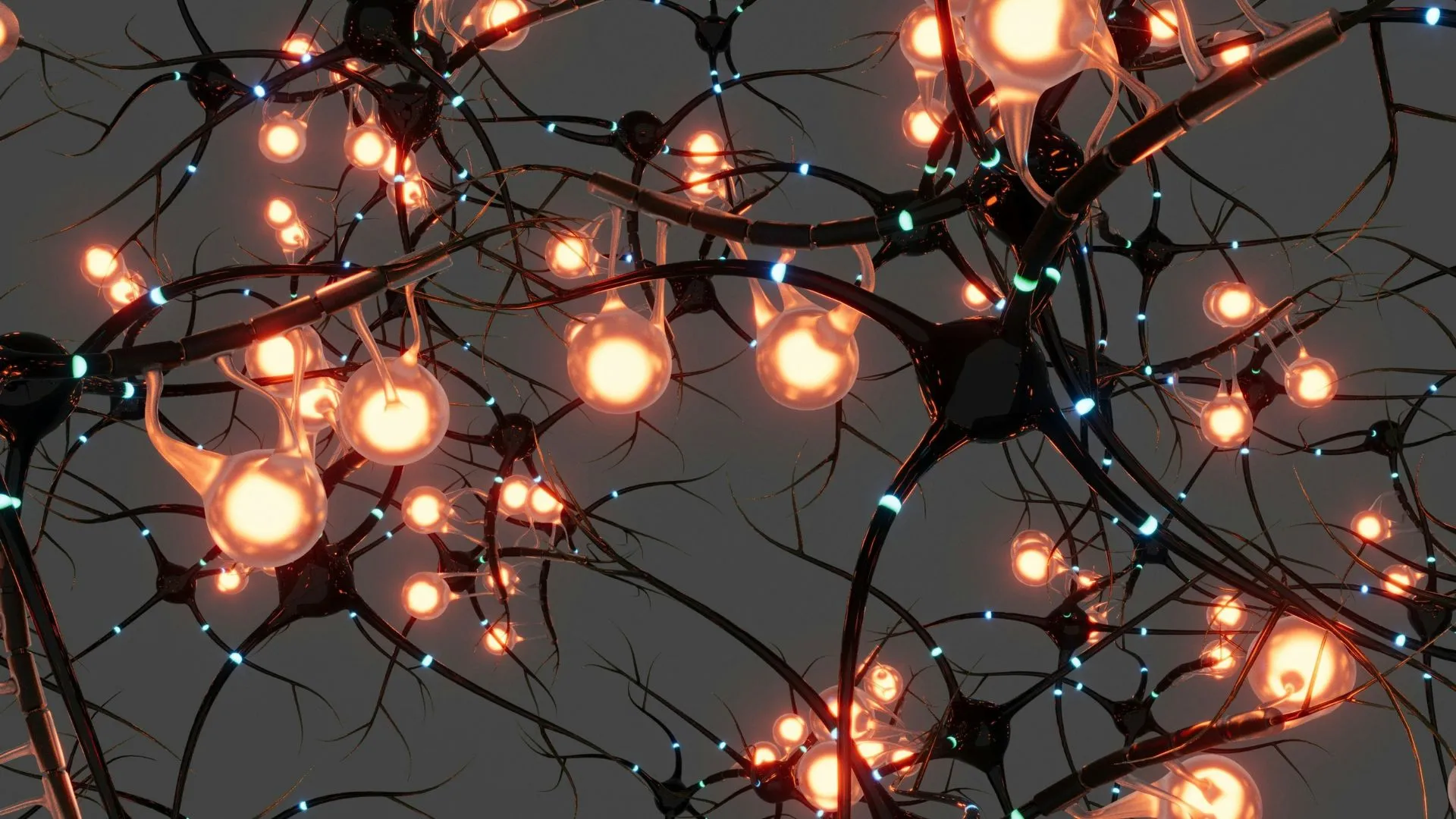
A neuron made in the lab now works almost like one in the body.
A team of engineers at the University of Massachusetts Amherst has announced the creation of an artificial neuron with electrical functions that closely mirror those of biological ones.
The work builds on their earlier research using protein nanowires synthesized from electricity-generating bacteria.
This discovery could pave the way for ultra-efficient computers modeled on biological principles, systems that might one day plug directly into living cells.
“Our brain processes an enormous amount of data,” says Shuai Fu, a graduate student in electrical and computer engineering at UMass Amherst and lead author of the study.
“But its power usage is very, very low, especially compared to the amount of electricity it takes to run a Large Language Model, like ChatGPT.”
The human brain runs on about 20 watts, whereas a large AI model can demand over a megawatt of electricity to achieve a similar task. This vast gap in efficiency is what researchers hope to close with their new design.
Neurons at body’s voltage
The brain is made up of billions of neurons, specialized cells that fire and transmit impulses with extreme efficiency. Replicating that process electronically has proven difficult.
“Previous versions of artificial neurons used 10 times more voltage—and 100 times more power—than the one we have created,” says Jun Yao, associate professor of electrical and computer engineering at UMass Amherst and the paper’s senior author.
That made them inefficient and unable to directly interface with living neurons.
The team’s advance changes this. “Ours register only 0.1 volts, which about the same as the neurons in our bodies,” says Yao.
With this low-voltage design, the artificial neurons could integrate not only into computing systems but also into medical devices capable of communicating seamlessly with biological cells.
From biofilms to computers
The researchers see a broad range of potential uses, from bio-inspired computers to electronics that link directly with the human body.
“We currently have all kinds of wearable electronic sensing systems,” says Yao.
“But they are comparatively clunky and inefficient. Every time they sense a signal from our body, they have to electrically amplify it so that a computer can analyze it. That intermediate step of amplification increases both power consumption and the circuit’s complexity, but sensors built with our low-voltage neurons could do without any amplification at all.”
The breakthrough relies on protein nanowires derived from Geobacter sulfurreducens, a bacterium that naturally produces electricity.
Yao and colleagues have used these nanowires to build unusual technologies in recent years — a sweat-powered biofilm that runs small electronics, an “electronic nose” that detects disease, and even a device that harvests electricity from thin air.
The new artificial neuron adds to that list, pushing their research further into the intersection of biology and computing.
This work was supported by the Army Research Office, the U.S. National Science Foundation, the National Institutes of Health and the Alfred P. Sloan Foundation.
The findings of the study have been published in Nature Communications.



